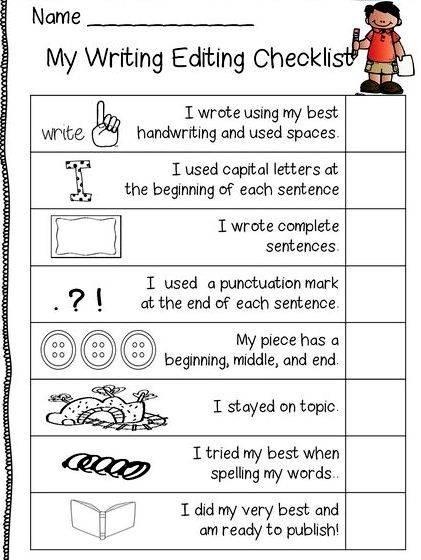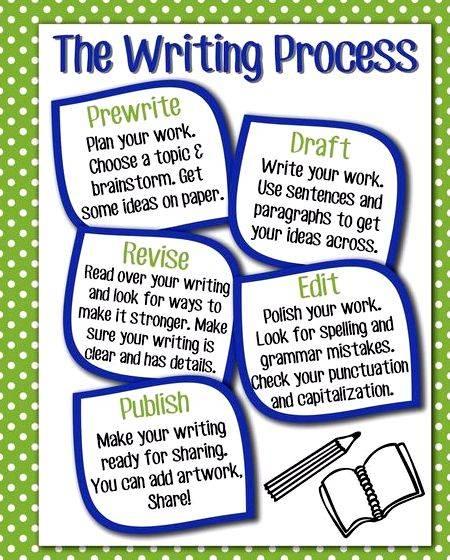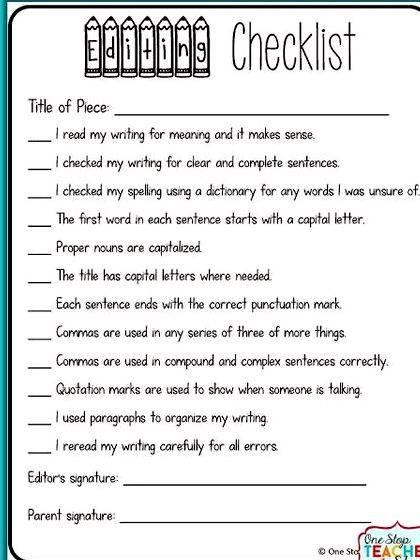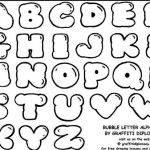Students need to think about how well they are doing both during a writing task and once the task is completed. This checking process is referred to as self-monitoring. Self-monitoring enables students to oversee the quality and pace of their production. Students who self-monitor during writing tasks are able to modify ineffective strategies or actions. For example, using a different strategy to organize their ideas for a history report or rereading a difficult paragraph in a textbook to insure understanding while they are taking notes.
Self-monitoring after a task allows students to think about the effectiveness of a strategy based on a particular outcome, for example if they wrote too quickly or too slowly while taking an essay test. Self-monitoring can also involve students noticing mistakes they have made while writing and while proofreading their rough drafts.
Here are some strategies for enhancing a student’s self-monitoring skills during writing.
Helpful Hints
- Use student work from previous years or fabricated work samples (such as example notes from a lecture, outlines for a book report, etc.) to help develop or improve students’ monitoring skills. Have students describe the steps they would use to avoid the errors found in the samples.
- Discuss different ways students in the class monitor the quality of their work. Explore how techniques relate to different types of activities and situations.
- Provide students with checklists that list the steps of a task or important components of a process to be monitored.
- Provide specific age-appropriate strategies for the student to use to check his/her work, for example for proofing written work COPS (Capitalization- Organization- Punctuation- Spelling) is an easy to follow strategy.
- Allow students to delay judgments about the quality of their work, for example, allowing a day or two to elapse between the writing of a report and re-reading the report for quality.
- Do not let students wait until they finish a task to check their progress or understanding. Provide students with explicit self-monitoring questions to ask themselves as they are writing.
- Have students appraise their own work. For example, set a measure of work quality for students to follow and allow them to self-grade or appraise the quality of their work before turning it in.
- Have students mark their progress towards reaching a certain academic or behavioral goal, such as working for five minutes without needing a break, completing all homework for the week, checking spelling and punctuation before turning in each assignment, etc. Graphic recording (plotting their own line graphs, etc.) may be particularly reinforcing to some students.
- Provide checklists that break down a task to guide students in self-monitoring. A checklist can be created for any task or activity to rate how well a student is doing, and to identify what elements of a task need more work or to be redone.
- Teachers may need to offer structure or guidance to help students learn to successfully monitor their work. With experience, students can move from full teacher guidance toward full independence.
- Some students may require a list of questions to start the self-monitoring process, such as “Am I clear on the point of the question? Do I understand how that connects to what I’ve already written?”
- Point out specific situations when students successfully use self-monitoring techniques.
- Self-monitoring may be enhanced by having students fill in a chart to monitor the specific quality of their work (see the example below).

Number of ideas generated






 Best colleges for writing in parenthesis
Best colleges for writing in parenthesis Writing a eulogy for my grandma
Writing a eulogy for my grandma My old man and the sea summary writing
My old man and the sea summary writing My room in bubble writing e
My room in bubble writing e My teachers secret life writing activity for 3rd
My teachers secret life writing activity for 3rd






